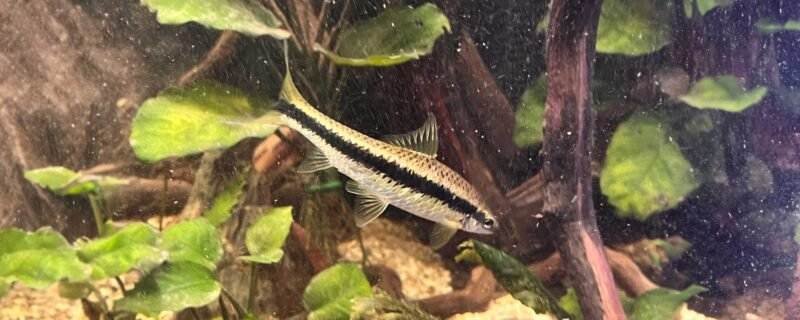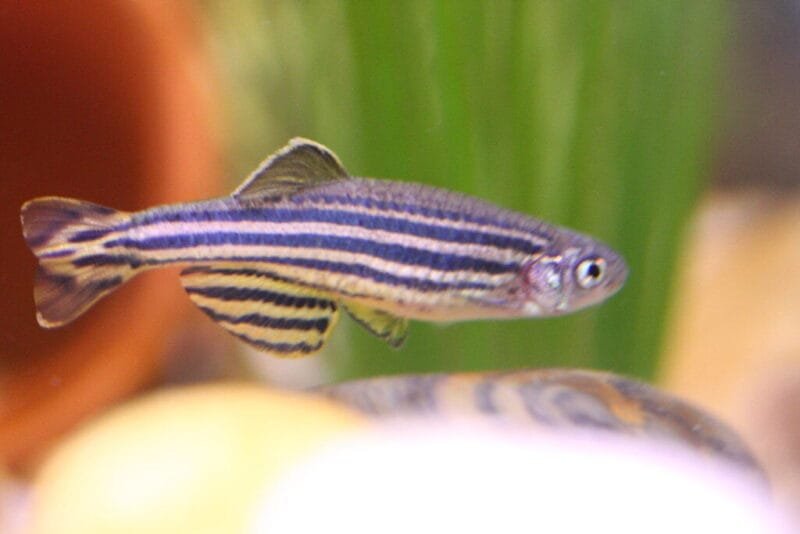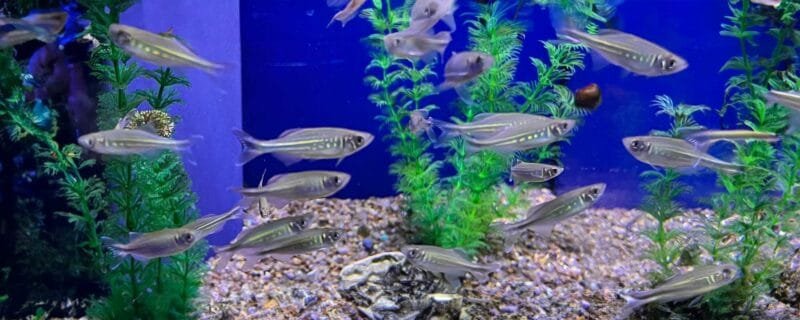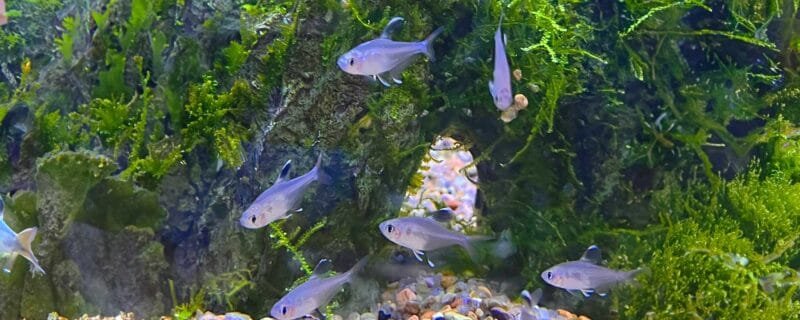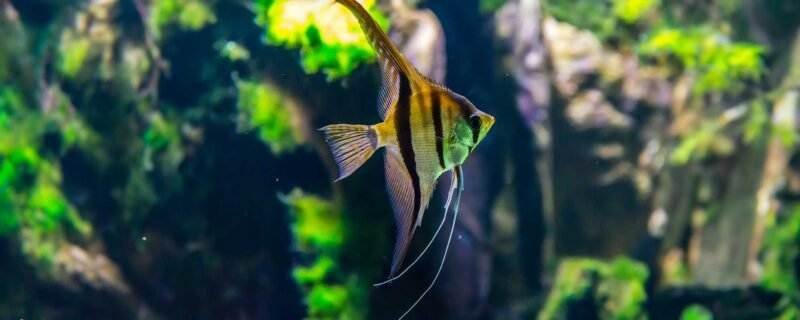Exploring the Tinfoil Barb: Shining in the Aquarium World
The Tinfoil Barb (Barbonymus schwanenfeldii) is a captivating fish species that has captured the hearts of aquarium enthusiasts around the world. In this comprehensive guide, we will delve into the world of the Tinfoil Barb, covering its Latin (or common) name, size, natural habitat, species variations, diet, alternative names, feeding habits, care requirements, water conditions, sexing, breeding, and valuable insights for a thriving aquarium.
Latin (or Common) Name and Size
The Tinfoil Barb, scientifically known as Barbonymus schwanenfeldii, is an impressive member of the Cyprinidae family. These striking barbs can grow to a substantial size, reaching up to 14 inches (35 cm) in captivity, making them a notable addition to any aquarium.
Natural Habitat
Tinfoil Barbs are native to the clear waters of Southeast Asia, particularly in the Mekong and Chao Phraya river basins, spanning countries like Thailand, Laos, and Cambodia. In their natural habitat, these fish inhabit slow-moving rivers and densely vegetated areas.
Species Variations
Barbonymus schwanenfeldii is the most recognized Tinfoil Barb species. While there are no distinct variations within this species, their unique appearance sets them apart.
Diet
Tinfoil Barbs are omnivorous and have a versatile diet. In the wild, they feed on aquatic insects, small crustaceans, and algae. In an aquarium, provide them with a balanced diet by offering high-quality flakes, pellets, and occasional live or frozen foods such as brine shrimp, bloodworms, and chopped vegetables. A varied diet contributes to their health and vibrancy.
Alternative Names
While Tinfoil Barb is the most common name, these fish are sometimes referred to as the Silver Barb due to their shimmering scales.
Feeding Habits
Tinfoil Barbs have hearty appetites and require regular feeding. Offer them small portions several times a day, but be cautious not to overfeed, which can lead to obesity and water quality issues. Monitoring their feeding behavior will help you adjust portion sizes as needed.
Care Requirements
Tinfoil Barbs are considered relatively easy to care for, making them suitable for both beginner and experienced aquarists. They are peaceful and do well in a community aquarium. When selecting tankmates, choose fish with compatible temperaments and water parameter requirements.
Water Conditions
Maintaining suitable water conditions is crucial for the well-being of Tinfoil Barbs. Here are key parameters to consider:
- Temperature: Keep the water temperature between 75-82°F (24-28°C).
- pH Level: Maintain a slightly acidic to neutral pH, ideally around 6.5-7.5.
- Water Hardness: Aim for moderately hard water, with a general hardness (GH) of 5-15 dGH.
- Filtration: Employ efficient filtration and perform regular water changes to maintain water quality and clarity.
Sexing, Breeding, and Additional Tips
- Sexing: Distinguishing between male and female Tinfoil Barbs can be challenging, especially in young fish. Males may exhibit slightly more vibrant coloration and may be somewhat smaller and slimmer than females.
- Breeding: Breeding Tinfoil Barbs in captivity can be a complex process due to specific breeding requirements. Successful breeding often involves a separate breeding tank with fine-leaved plants for egg attachment. To encourage spawning, maintain optimal water conditions, slightly warmer temperatures, and offer a diet rich in protein. After breeding, remove the adults to protect the eggs and fry, which can be fed specialized fry food or newly hatched brine shrimp.
In conclusion, the Tinfoil Barb (Barbonymus schwanenfeldii) is a remarkable and eye-catching addition to any aquarium. With their gleaming scales, ease of care, and peaceful nature, they are a cherished choice among fish enthusiasts. By creating a suitable environment, offering a diverse diet, and following responsible breeding guidelines, you can enjoy the splendor and allure of Tinfoil Barbs in your underwater paradise. Whether you call them Tinfoil Barbs or Silver Barbs, one thing is certain – they will add a touch of radiance to your aquatic world.

